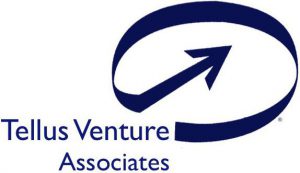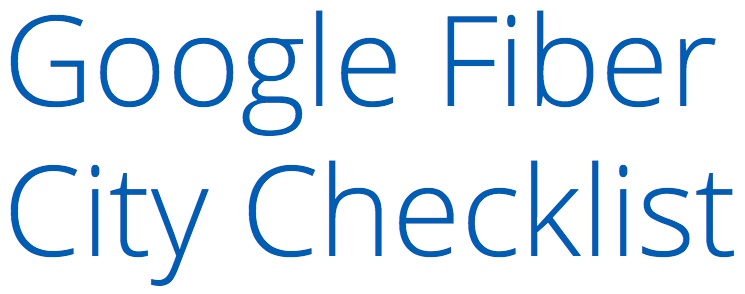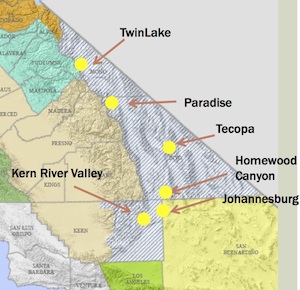Google publishes broadband manifesto for cities
In Kansas City, my crews don’t wait for inspectors, the inspectors wait for them. We work with communities that make it easy for us. If you make it hard on us, enjoy your cable connection.
Milo Medin, head of Google Fiber, 24 October 2013.
If you want Google to run fiber through your city, be prepared to clear the path. That’s the message Google delivered to the 34 cities that it’s considering for the next round of fiber to the home build-outs last month.… More










